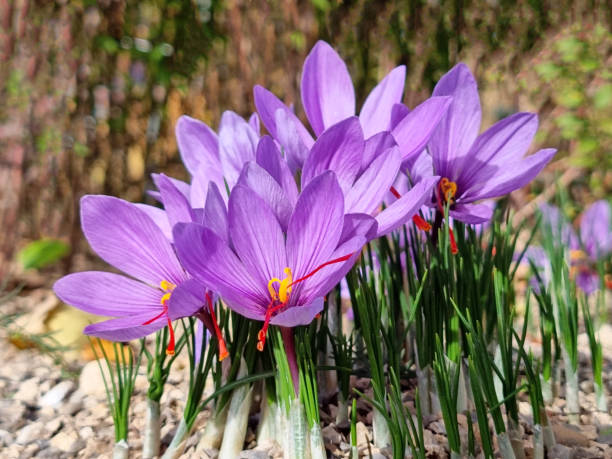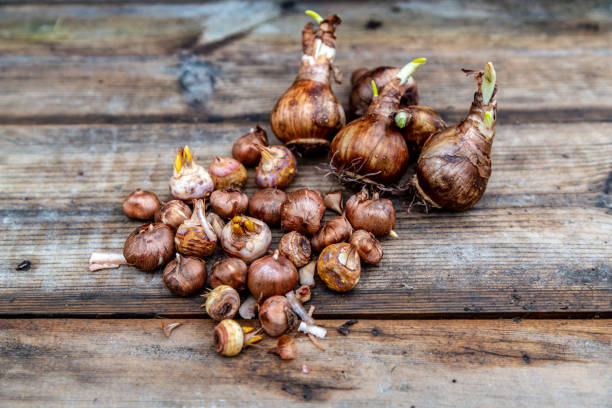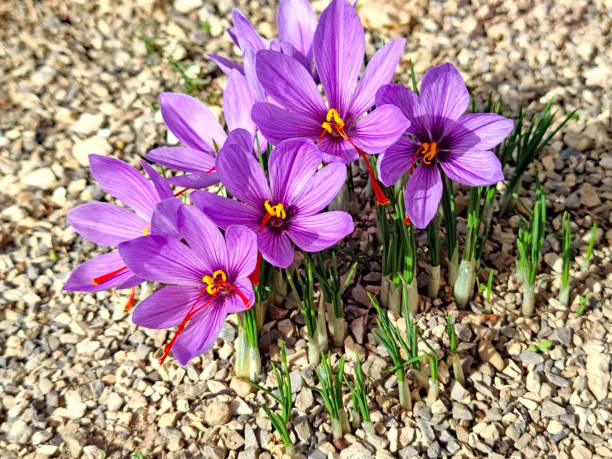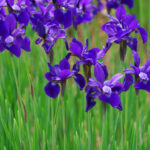Crocus saffron, often referred to as the “red gold,” is one of the most expensive and sought-after spices in the world. Among the most famous regions producing this precious spice is Taliwin, a town nestled in the Anti-Atlas mountains of Morocco. Taliwin is renowned for its high-quality saffron, which has gained international recognition for its rich aroma, vibrant color, and exceptional flavor.
This article explores the history, cultivation, harvesting, and uses of Crocus saffron from Taliwin, delving into why it has become such a prized commodity both locally and globally. We’ll also look at how to ensure the saffron you buy is authentic and provide tips on incorporating this luxurious spice into your culinary repertoire.



1. The History of Saffron in Taliwin
Saffron has been cultivated for thousands of years, with its origins tracing back to ancient Persia (modern-day Iran), Greece, and India. However, the Moroccan region of Taliwin has become one of the world’s most important saffron-producing areas, thanks to its unique climate and traditional farming techniques passed down through generations.
a. The Origins of Saffron in Morocco
The cultivation of saffron in Morocco dates back centuries, with the plant introduced by early travelers and traders who brought it from Persia and Asia. Taliwin’s saffron production is part of a long cultural tradition, with local Berber communities playing a significant role in preserving the methods used to grow and harvest this delicate spice.
b. Geographic Indication Status
In recent years, saffron from Taliwin has been granted Geographic Indication (GI) status, which is an international recognition of its high quality and the traditional knowledge behind its production. This distinction helps protect the authenticity of Taliwin saffron and ensures that its unique properties are preserved for future generations.
2. Cultivating Crocus Saffron in Taliwin
Crocus saffron, scientifically known as Crocus sativus, is a flowering plant that thrives in the specific climatic conditions of Taliwin. The region’s combination of dry summers, cold winters, and well-drained soils makes it an ideal location for cultivating this delicate plant.
a. Growing Conditions
Taliwin’s unique microclimate, located in the Anti-Atlas mountains, provides the perfect environment for saffron cultivation. The soil in this region is rich in minerals, while the climate offers warm days and cool nights, which are essential for the growth of high-quality saffron. In addition, the elevation of the region, between 1200 and 1500 meters above sea level, creates optimal growing conditions for saffron plants.
b. Saffron Crocus Lifecycle
The saffron crocus is a perennial plant that blooms only once a year, typically in the late autumn, between October and November. The flowers only remain open for a short period of time, requiring farmers to act quickly during the harvest season to collect the precious saffron stigmas (the part of the flower used as the spice).
Saffron crocuses are propagated from corms, which are bulb-like structures planted in the soil. Farmers plant these corms during the summer, ensuring they are spaced apart to allow for healthy growth. After a period of dormancy, the crocuses begin to sprout and bloom when the weather cools in autumn.
c. Organic and Sustainable Practices
Taliwin’s saffron farmers use traditional, organic farming methods that have been passed down through generations. These methods avoid the use of synthetic pesticides and fertilizers, instead relying on natural compost and careful soil management to ensure healthy, sustainable crops.
The saffron harvest is a labor-intensive process that requires great care. Each flower is harvested by hand, often in the early morning when the blooms are at their freshest. The stigmas are carefully separated from the flowers by hand and then dried to preserve their flavor, aroma, and color.
3. Harvesting and Processing Taliwin Saffron
The harvesting and processing of saffron in Taliwin is a meticulous process that has remained largely unchanged for centuries. The precision and care with which this spice is harvested contribute to its high value.
a. Hand-Picking the Flowers
During the brief saffron harvest season, local farmers—often entire families—wake before dawn to begin picking the delicate flowers. Since the crocus blooms only for a few weeks and the flowers must be picked quickly, the harvest period is incredibly busy. The flowers are picked early in the day, before the sun becomes too strong, as this helps preserve their delicate stigmas.
b. Drying the Saffron
After the flowers are harvested, the red stigmas (or threads) are separated from the petals by hand. Each saffron crocus produces only three tiny red stigmas, which means it takes tens of thousands of flowers to produce just one kilogram of saffron. Once separated, the stigmas are carefully dried to preserve their essential oils, which give saffron its distinctive aroma, flavor, and color.
The drying process is critical, as it determines the final quality of the saffron. In Taliwin, the stigmas are dried using traditional methods that maintain their natural properties. The dried saffron is then stored in airtight containers to protect it from moisture and light, which can degrade its quality over time.
4. Uses and Benefits of Taliwin Saffron
Taliwin saffron is prized not only for its culinary uses but also for its medicinal properties. Known for its vibrant color, strong flavor, and potent health benefits, saffron has been used for centuries in cooking, medicine, and even beauty treatments.
a. Culinary Uses
In the kitchen, saffron is cherished for its ability to add a deep, golden hue and a distinctive earthy, slightly floral flavor to a wide variety of dishes. Some of the most popular saffron dishes include:
- Moroccan Tagine: Saffron is a key ingredient in many Moroccan tagines, infusing the dish with its rich flavor and color.
- Paella: Spanish paella is famous for its vibrant yellow rice, which owes its color and flavor to saffron.
- Risotto Milanese: This classic Italian dish features creamy, saffron-infused rice as its main component.
Because of saffron’s potency, only a small amount is needed to enhance a dish, making it a versatile and valuable ingredient for chefs around the world.
b. Health Benefits
In addition to its culinary uses, saffron has long been used in traditional medicine for its wide range of health benefits. These include:
- Antioxidant Properties: Saffron contains several antioxidants, including crocin, which has been shown to have anti-inflammatory and neuroprotective effects.
- Mood Enhancement: Saffron is often used as a natural mood booster, with some studies suggesting that it may help alleviate symptoms of depression and anxiety.
- Improved Digestion: In traditional Moroccan medicine, saffron is used to promote digestion and relieve stomach issues.
- Menstrual Relief: Saffron has been used to alleviate menstrual discomfort and improve symptoms of premenstrual syndrome (PMS).
c. Beauty and Skincare
Saffron is also valued for its cosmetic applications. In Morocco, saffron is sometimes used in beauty treatments to brighten and smooth the skin, thanks to its antioxidant and anti-inflammatory properties.
5. How to Identify Authentic Taliwin Saffron
Given the high cost of saffron, it’s important to ensure that the product you’re buying is authentic, especially if it’s marketed as Taliwin saffron. Here are a few tips for recognizing genuine saffron:
- Check the Color: Authentic saffron threads are deep red with orange or yellow tips. If the threads are entirely red without any yellow or orange, it may be an imitation or artificially dyed.
- Aroma and Flavor: Saffron should have a distinctive earthy, slightly floral scent. If the aroma is too sweet or overly floral, it may be a sign of adulteration.
- Price: High-quality saffron is expensive, so be wary of deals that seem too good to be true.
When buying saffron, look for reputable sellers who can provide information about the origin and quality of the product. Authentic Taliwin saffron will often be labeled with its Geographic Indication status, ensuring that you’re purchasing a premium product.
6. Supporting Local Communities in Taliwin
By purchasing saffron from Taliwin, You’re not only enjoying one of the world’s finest spices but also, supporting local Berber communities who rely on saffron cultivation as a primary source of income. Many saffron farms in the region are family-owned, and the industry plays a vital role in preserving traditional farming methods and sustaining the local economy.
Through initiatives promoting fair trade and sustainable agriculture, Taliwin saffron farmers are able to continue producing high-quality saffron while preserving the environment and their cultural heritage.
Conclusion
Crocus saffron from Taliwin is a truly, remarkable product, cherished for its exceptional quality and deep-rooted cultural significance. From its careful cultivation in the Anti-Atlas mountains to its use in the finest cuisines around the world Taliwin saffron embodies the dedication and craftsmanship of the Berber communities that produce it. Whether you’re a food enthusiast, health-conscious consumer, or someone interested in sustainable products, Taliwin saffron offers a luxurious, flavorful, and ethical choice.







